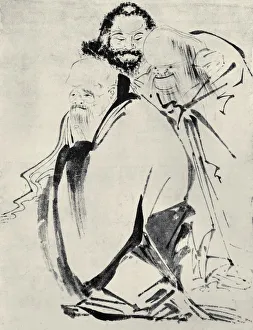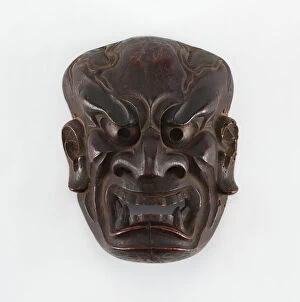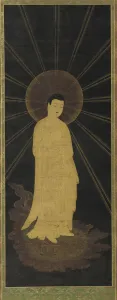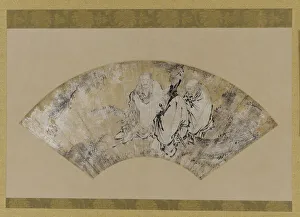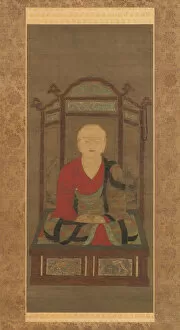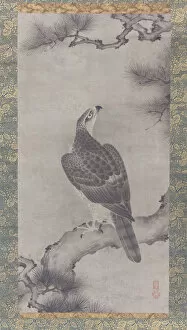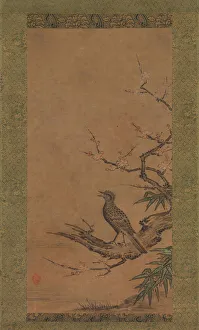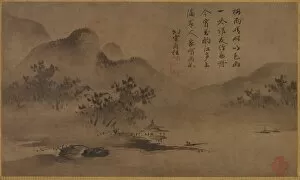Muromachi Period Collection
The Muromachi period, spanning from the 14th to the 16th century in Japan, was a time of great artistic and cultural development
All Professionally Made to Order for Quick Shipping
The Muromachi period, spanning from the 14th to the 16th century in Japan, was a time of great artistic and cultural development. Artists during this era experimented with new techniques and styles, resulting in breathtaking works of art. One notable example is the Haboku or Splashed Ink Landscape painting attributed to Sesshū Tōyō. Created in the 15th century, this scroll painting showcases Sesshū's mastery of ink wash technique, creating a dynamic and atmospheric landscape. Another masterpiece from this period is the Oxherding painting by Sekkyakushi. This work captures the spiritual journey of self-realization through its symbolic imagery and delicate brushwork. Kenko Shokei's Landscape with Pavilion is another remarkable piece that dates back to 1478-80. The artist skillfully depicts nature's beauty while incorporating architectural elements into his composition. Kano Motonobu's Ink Landscape from the early 16th century demonstrates his expertise in ink painting. With bold brushstrokes and subtle shading, he creates a captivating scene that transports viewers into an ethereal world. Not limited to paintings alone, Noh masks were also popular during this period for theatrical performances. These masks were created by unknown artists who skillfully crafted each one with intricate details to bring characters to life on stage. Religious themes were prevalent as well during Muromachi period art. Paintings such as Amitabha (Amida) welcoming souls to paradise depict Buddhist beliefs about salvation and enlightenment. In addition, artworks like Sakyamuni, Confucius and Lao-tzu under a pine capture important figures from Buddhism, Confucianism, and Taoism united under one symbolically significant tree. Other religious figures portrayed include Kobo Daishi as a child seated on a lotus flower symbolizing purity and Manjushri riding a lion representing wisdom overcoming ignorance.


